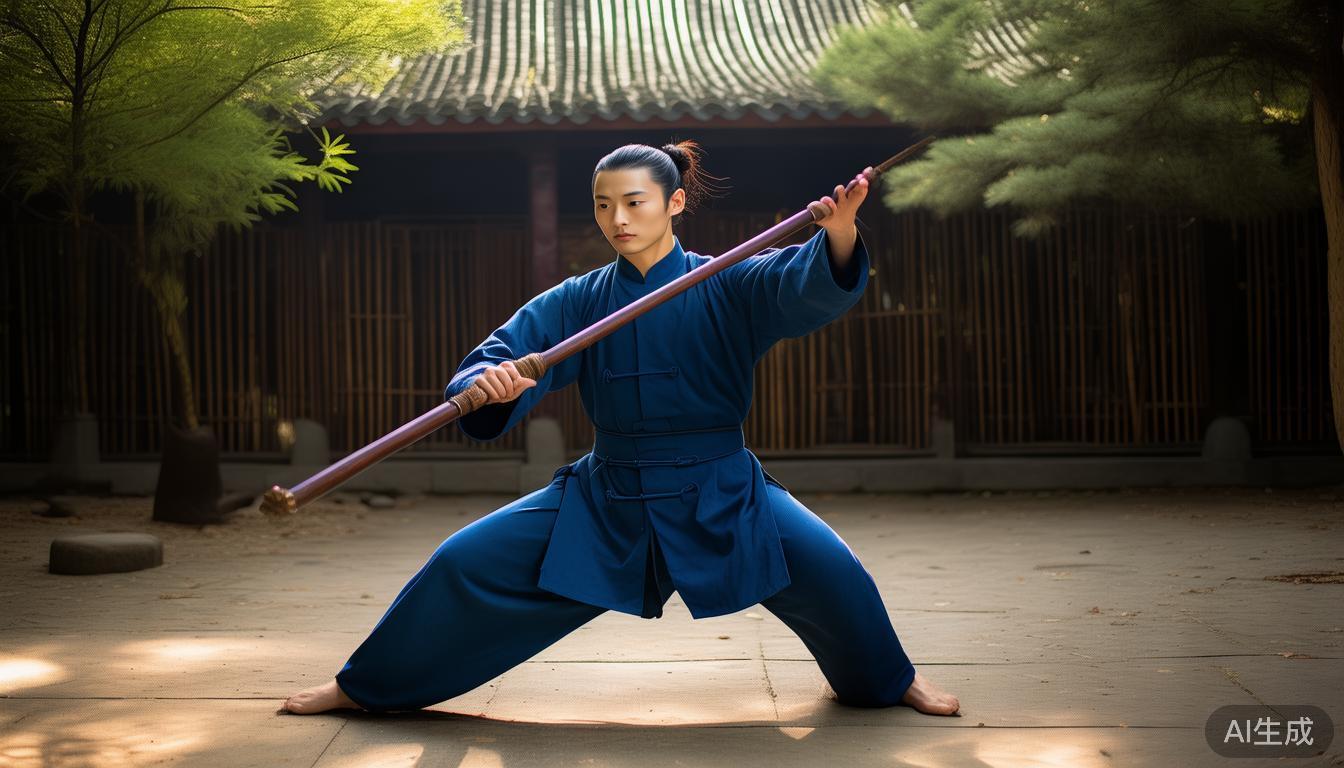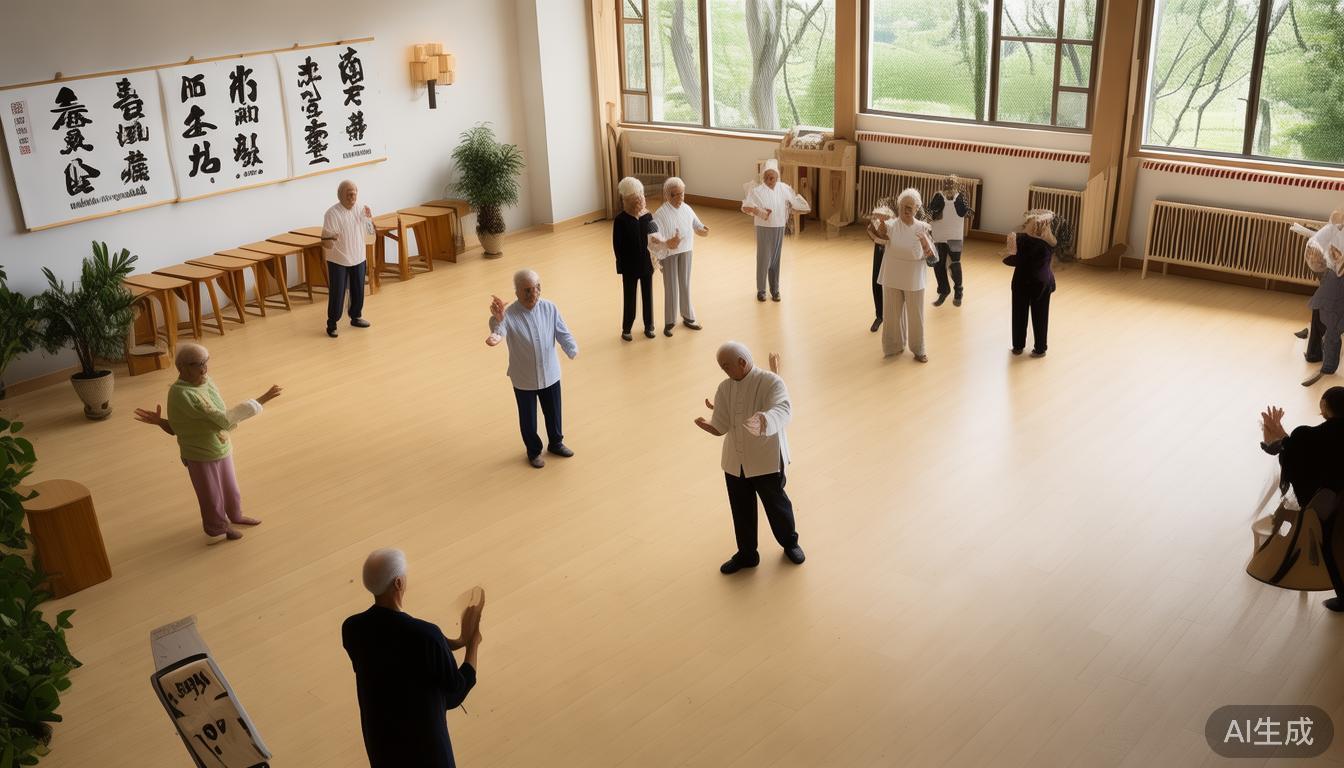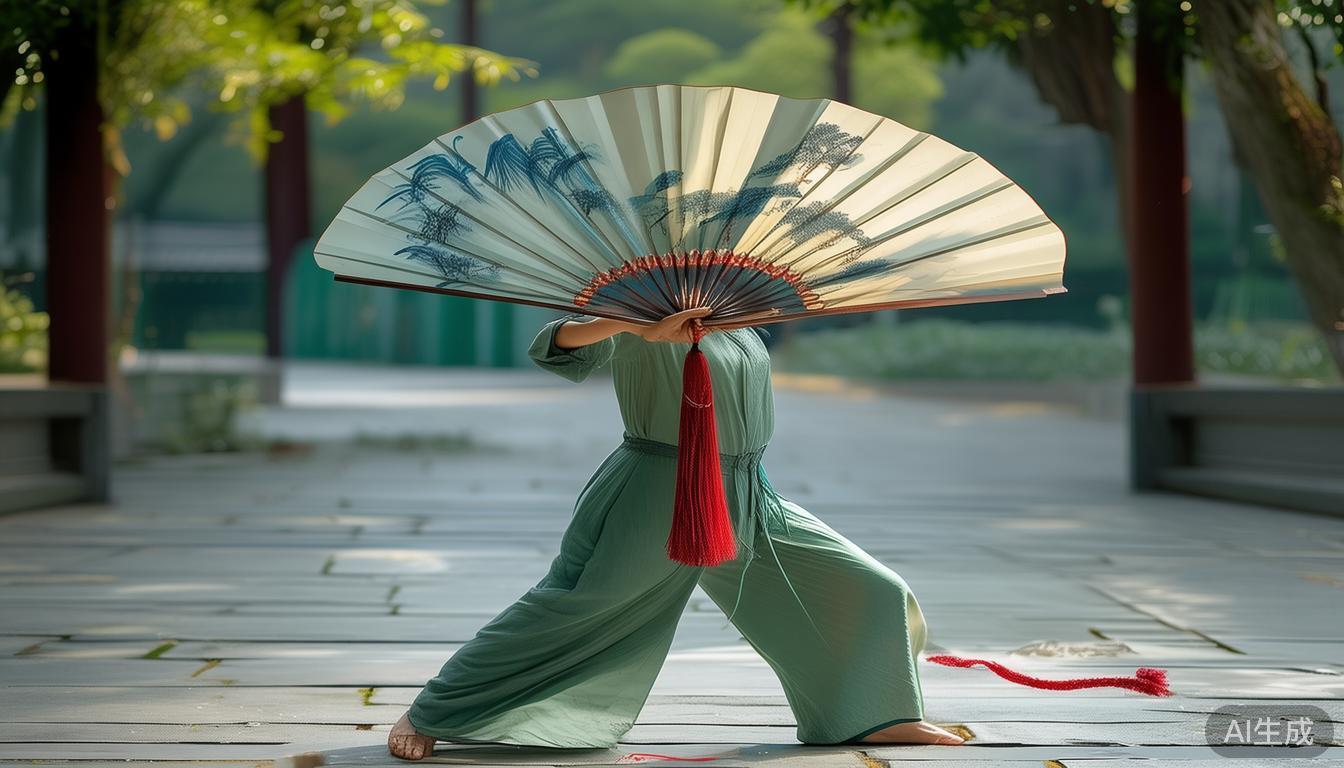Tai chi, an ancient Chinese martial art, is more than physical exercise. It's a holistic practice that promotes physical health, mental clarity, and emotional well – being. Let's explore some key fundamentals.
The Origins of Tai Chi
Tai chi traces its roots back centuries in China. It was developed as a martial art but also incorporated philosophical elements from Taoism and Confucianism. In the old days,masters passed down the art from generation to generation Tai Chi For Diabetes , preserving its essence. It emerged in rural villages and slowly spread across the country, becoming a symbol of China's traditional culture.
Today, tai chi can be seen in parks and communities worldwide. People of all ages are drawn to its slow, flowing movements. It has transcended cultural boundaries, bringing a taste of Chinese heritage to different parts of the world.
Basic Stances

A proper moment is the foundation of tai chi. For example, the Horse Stance involves standing with feet shoulder – width apart and knees bent. This moment gives you stability and balance. As you shift your weight, you'll feel the grounding effect, like a tree firmly rooted in the ground.
The Bow Stance is another important one. It has one leg forward with a bent knee and the other leg straight back. This stress allows for smooth movement and good energy transfer. When you practice, pay attention to your posture to ensure you are using these stresses effectively.
Slow Movements
The slow,deliberate movements in tai chi are its trademark. They are designed to make you concentrate on every part of your body. As you move your hands slowly from one position to another Tai Chi And Diabetes Courses Online , feel the energy flowing through your arms and fingers. It's like guiding a stream of water gently.
These slow motions also help build strength and flexibility. Each movement is a controlled challenge for your muscles. You might find that as you practice more, your flexibility improves, and you gain a certain level of muscle endurance.
Breathing Techniques

Proper breathing is vital in tai chi. Coordinating your breaths with your movements can enhance the overall experience. When you inhale, you might raise your hands, feeling the air filling your lungs like a balloon. As you exhale, you lower your hands, releasing the air slowly.
This type of breathing not only helps you relax but also oxygenates your body efficiently. It can reduce stress and make you feel more in tune with your body and mind.
Mental Focus
Tai chi demands mental focus. When practicing, you need to clear your mind of distractions. Imagine your mind as a clear pool, free from ripples of worry. Through constant practice, you train your brain to stay present in the moment.
As you focus on your movements tai chi fundamentals , you'll notice your mental clarity improving. It's a way to find peace and calm in a busy world. Do you find it difficult to maintain mental focus during tai chi practice?





